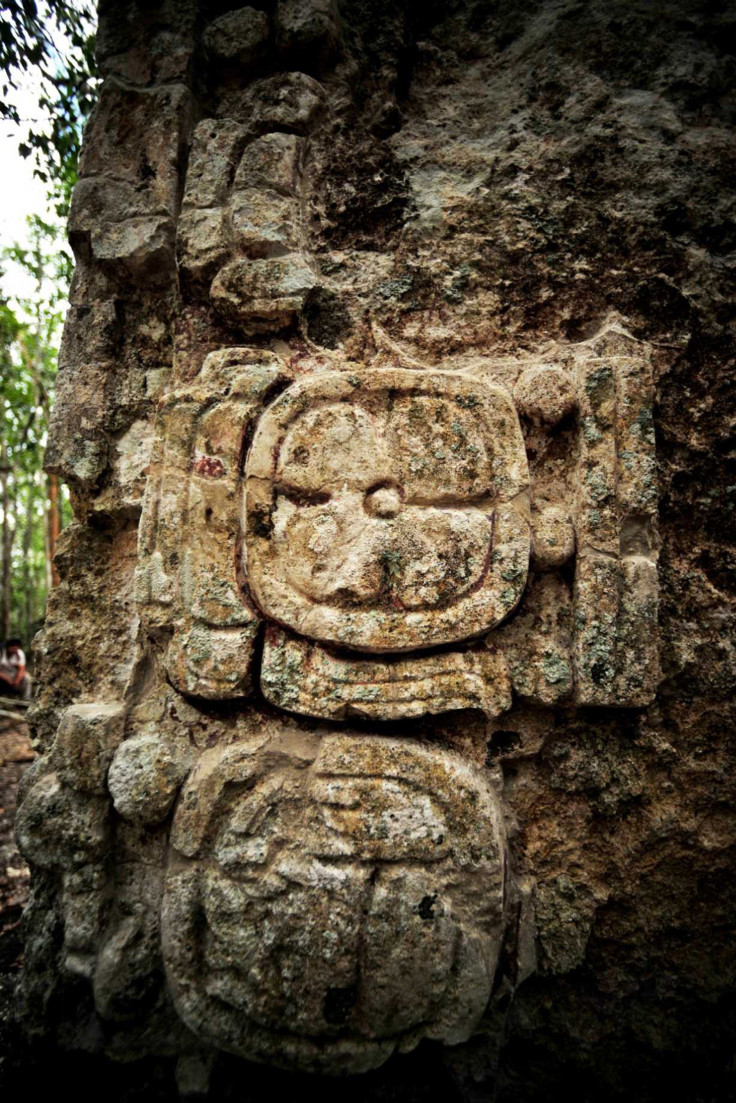Ancient Maya offered sacrifices to water god and underworld demons to save civilisation

The Ancient Maya civilisation turned into a "drought cult" before their ultimate demise, offering sacrifices to water gods and underworld demons to bring back the rain.
Researchers believe the collapse of the Maya followed widespread episodes of drought over about 200 years which led to a catastrophic depopulation of the area from around the year 800.
Now, researchers from the University of Illinois have found a water temple complex beside a deep pool, where pilgrims would have offered sacrifices to the Maya water god - Chaak - in the hope of ending the drought, Discovery News reports.
The complex is a small plaza holding the remains of a lodge and two smaller structures. The site – Cara Blanca in Belize – saw pilgrims sacrifice pots, jars, bowls and tools.

Archaeologist Lisa Lucero is quoted as saying: "The pilgrims came there to purify themselves and to make offerings. It was a special place with a sacred function."
Published in a forthcoming issue of the Cambridge Archaeological Journal, dating of the sacrifices suggest people only began praying to the water god after the drought had taken grip.
Researchers said the Maya believed Chaak and evil gods from the underworld had plotted a Mayan demise, giving them rain then abruptly stopping it. Caves and cenotes were seen as entrances to the underworld by the Maya people.
Archaeologists believe a "drought cult" might have ensued, with people becoming increasingly desperate over the years.

Holley Moyes of the University of California, Merced, said other caves visited by the cult are also adorned with offerings – and that human sacrifices likely began to take place at the end of the collapse.
Looking at just how severe the drought would have been, a 2012 study published in Science said: "The disintegration of the Classic Maya civilization in the Yucatán Peninsula and Central America was a complex process that occurred over an approximately 200-year interval and involved a catastrophic depopulation of the region.
"We conclude that the droughts occurring during the disintegration of the Maya civilization represented up to a 40% reduction in annual precipitation, probably due to a reduction in summer season tropical storm frequency and intensity."
© Copyright IBTimes 2025. All rights reserved.





















